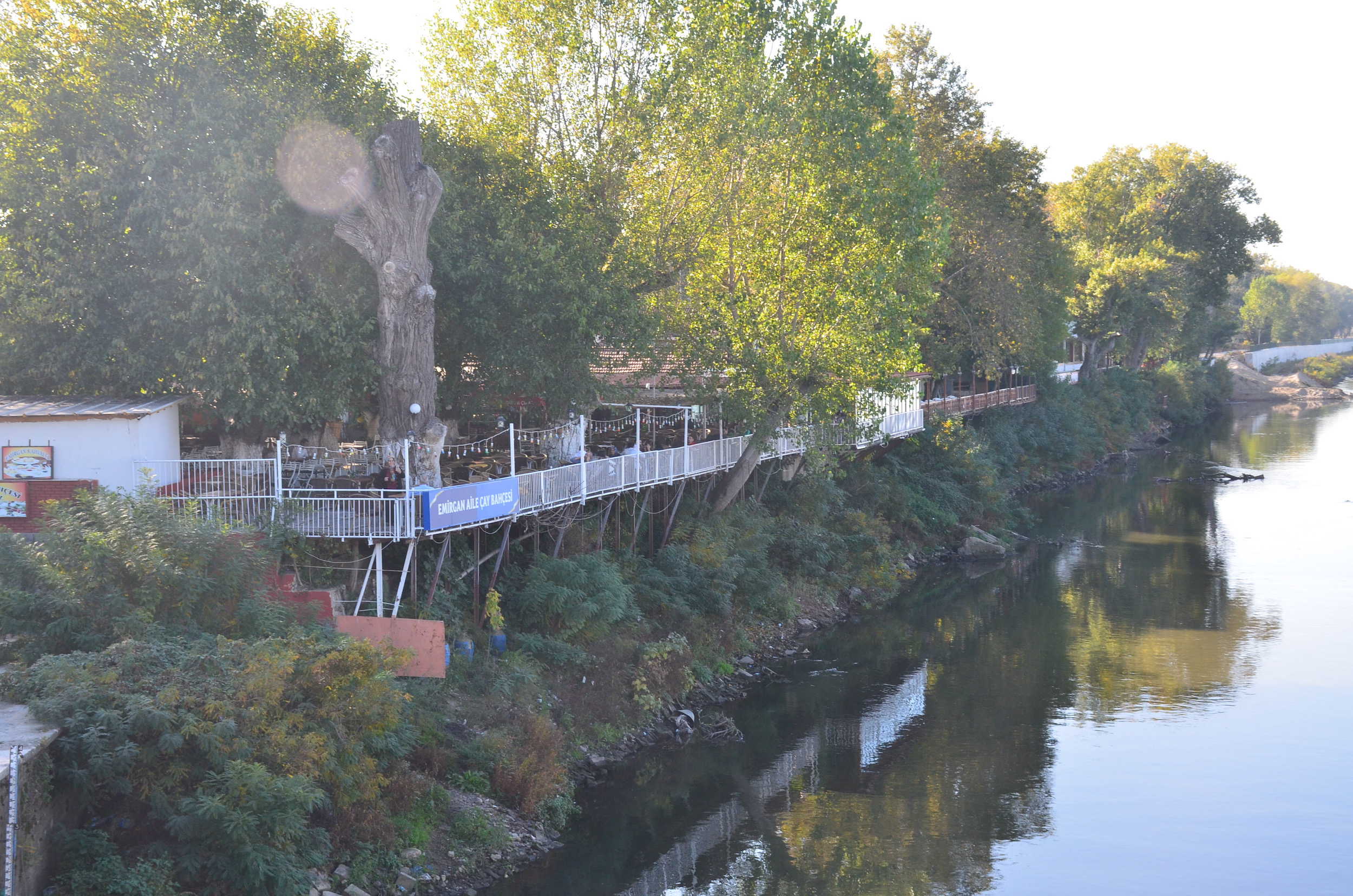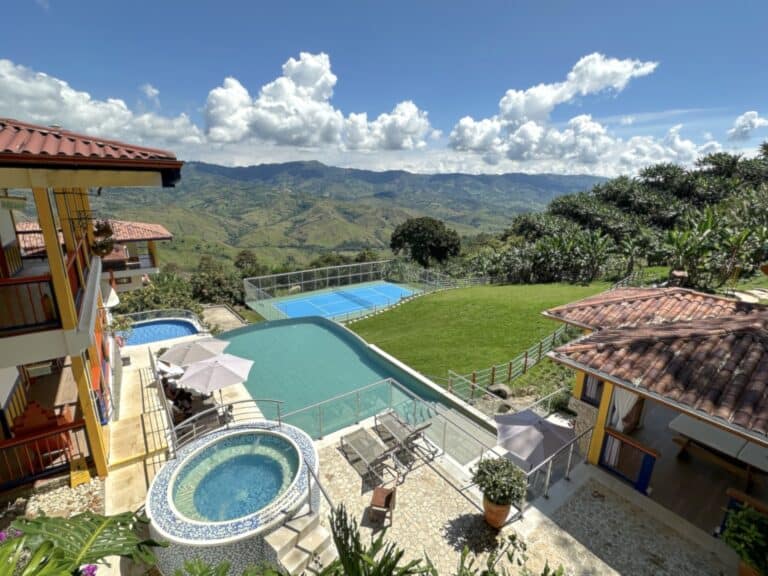Last updated on .
Karaağaç is a pleasant suburb of Edirne, Turkey. It sits about four kilometers southwest of the historic city center. There are wide leafy streets full of cafés as well as traditional wooden Ottoman homes.
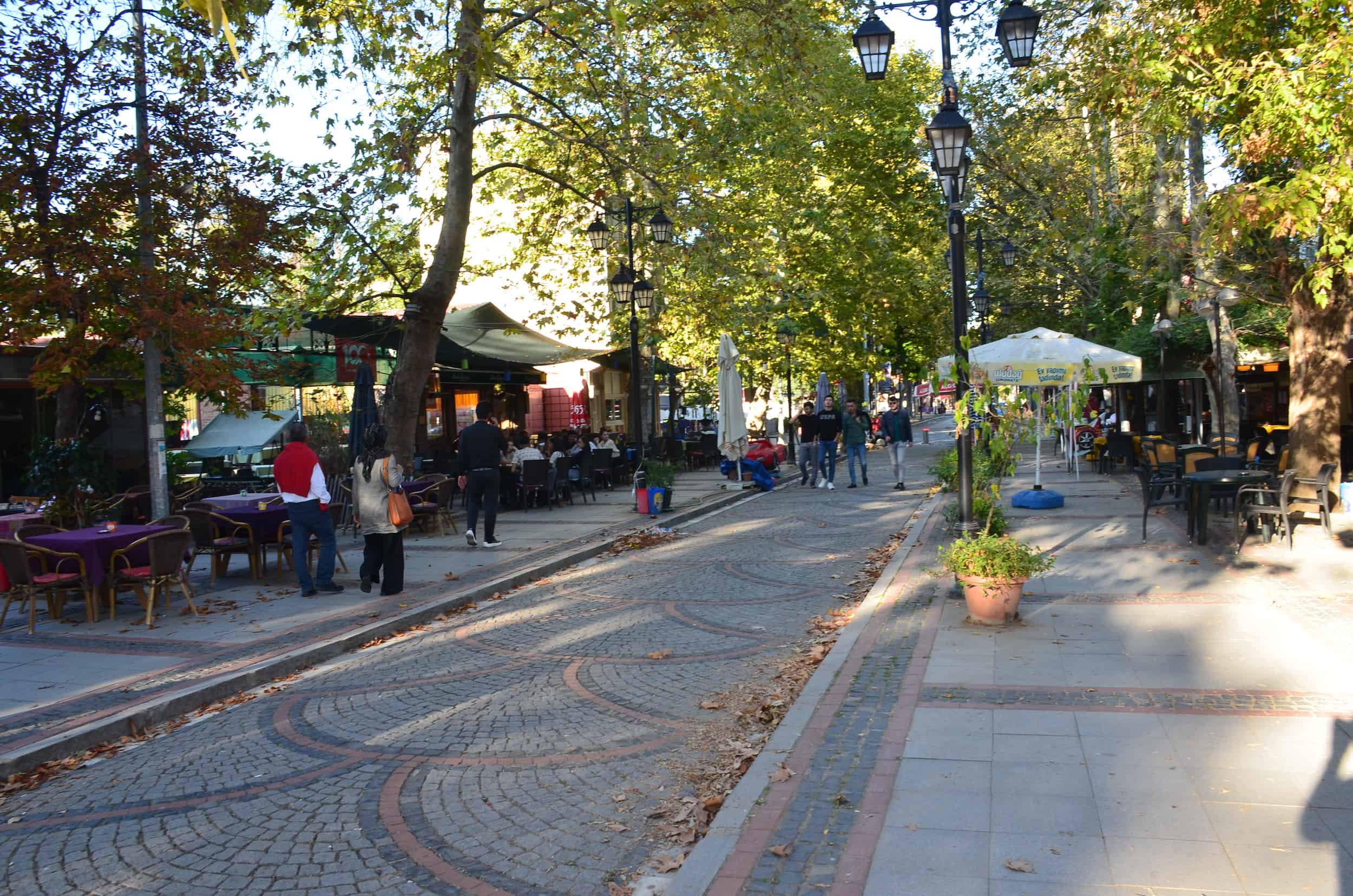
History of Karaağaç
Karaağaç translates to Elm. The town was originally given to Greece in the Treaty of Sèvres in 1920 and was known as Palaia Orestiada (Παλαιά Ορεστιάδα) from 1920 to 1923. It was a hotly contested territory during the Lausanne Conference of 1922-23. In the Treaty of Lausanne, signed on July 24, 1923, it was ceded to Turkey in lieu of war reparations. Karaağaç is the only Turkish territory west of the Maritsa (Meriç) River (also known as the Evros River).
Getting to Karaağaç
The quickest way to get to Karaağaç is by bus or taxi from Edirne. I prefer the most pleasant way, which is to cross two Ottoman bridges south of the city center, then walk, ride a bike, or take a taxi.
Trakya University Campus
Most points of interest in Karaağaç are on the campus of Trakya University (Trakya Üniversitesi), which maintains its Faculty of Fine Arts in the former railway station (see below). The campus is open to the public, and there’s a map with an explanation of the important buildings in English at the entrance.
Karaağaç Station
The most important building on the campus is the former Edirne Station (Edirne Garı), or Karaağaç Station (Karaağaç Garı) since 1971. It sits directly in front of the entrance to the campus. The first railway station was built in 1873, and was replaced with the current building in 1914. It was designed by Mimar Kemaleddin (1870-1927) in the First National architectural style.
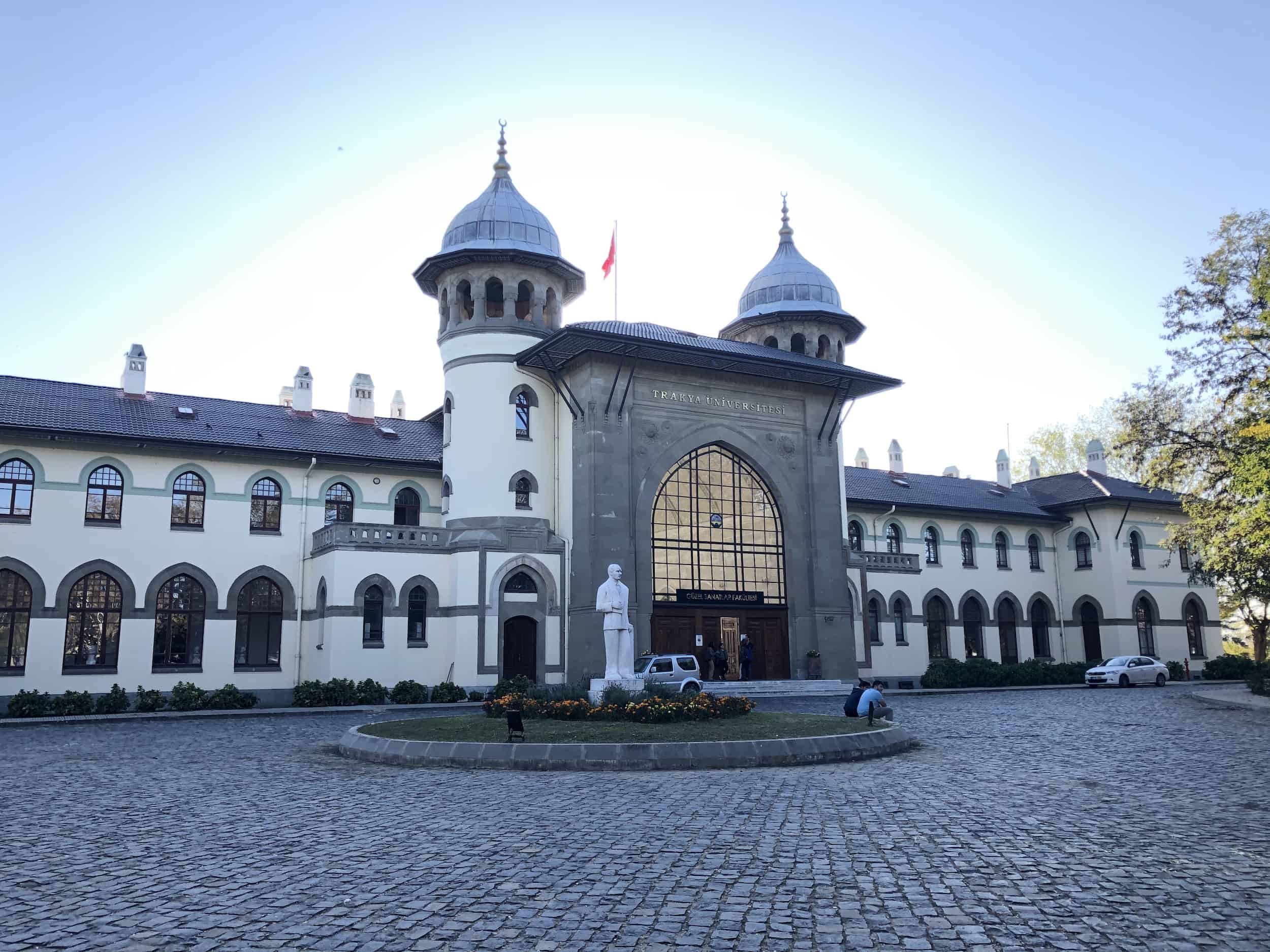
Karaağaç Station was the last railway station in Turkey before crossing the border into Greece. It operated until October 4, 1971, when it was replaced with a newer station closer to Edirne. The imposing building was later given to Trakya University.
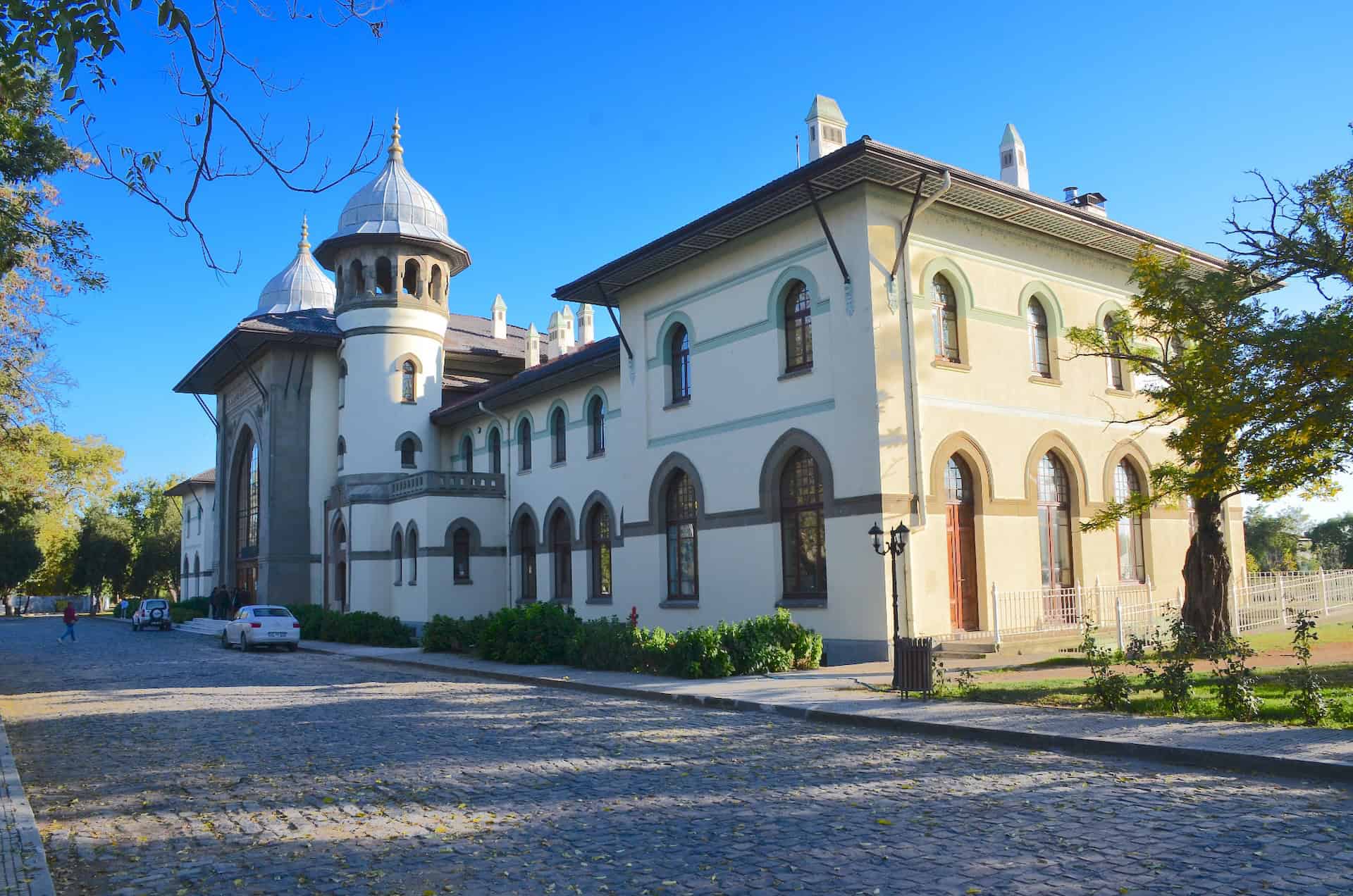
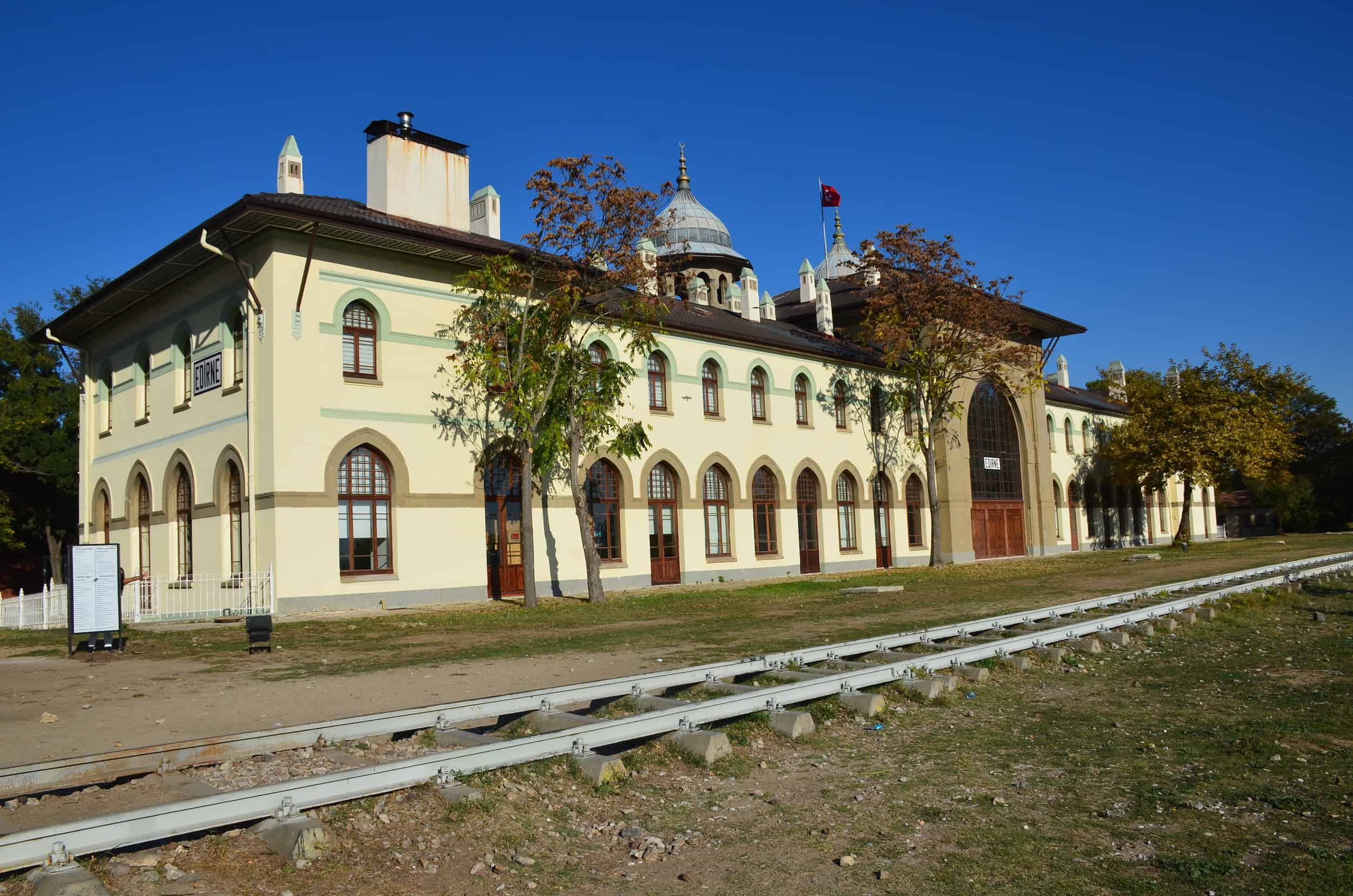
National Struggle and Lausanne Museum
Directly to the left of the entrance to the campus are two museums housed in historic buildings. First is the National Struggle and Lausanne Museum (Milli Mücadele ve Lozan Müzesi). It was founded by Trakya University and opened on April 19, 2016.
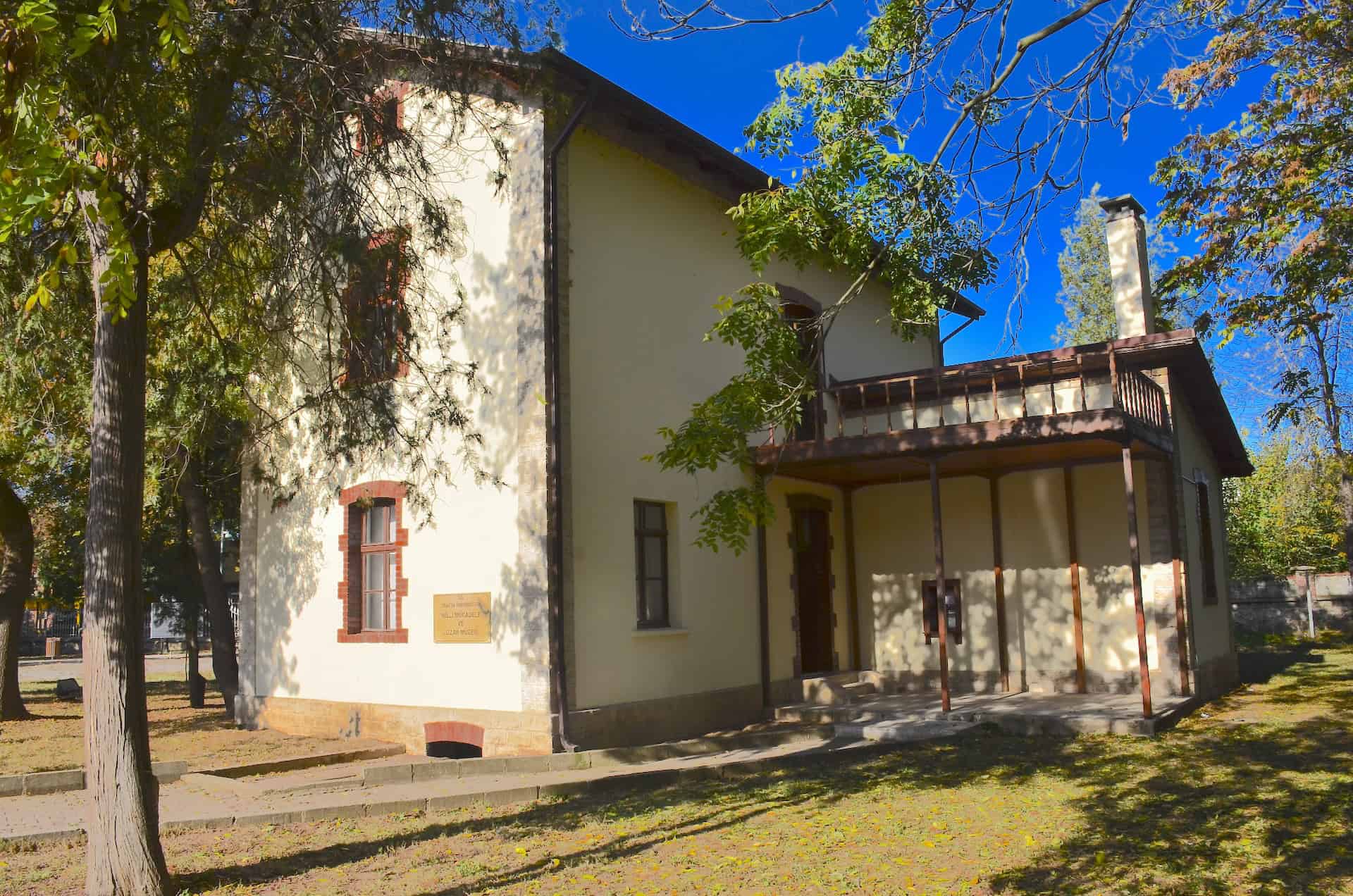
The museum tells the story of Turkish independence in Eastern Thrace and the Turkish point of view on the Treaty of Lausanne. It’s mostly text panels along with a few photos and charts. There’s not much to see as far as artifacts. Unfortunately for foreign visitors, everything is in Turkish.

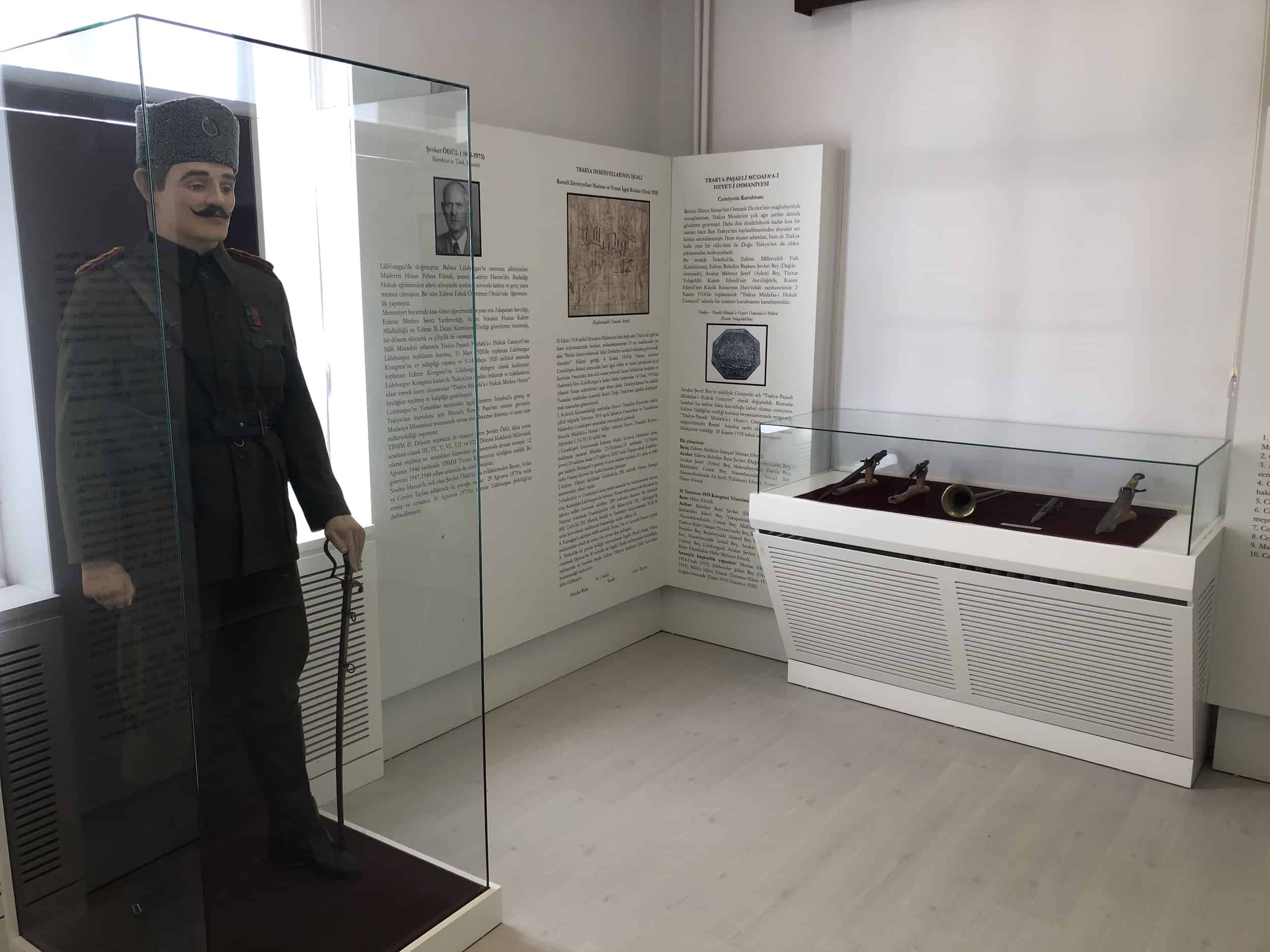
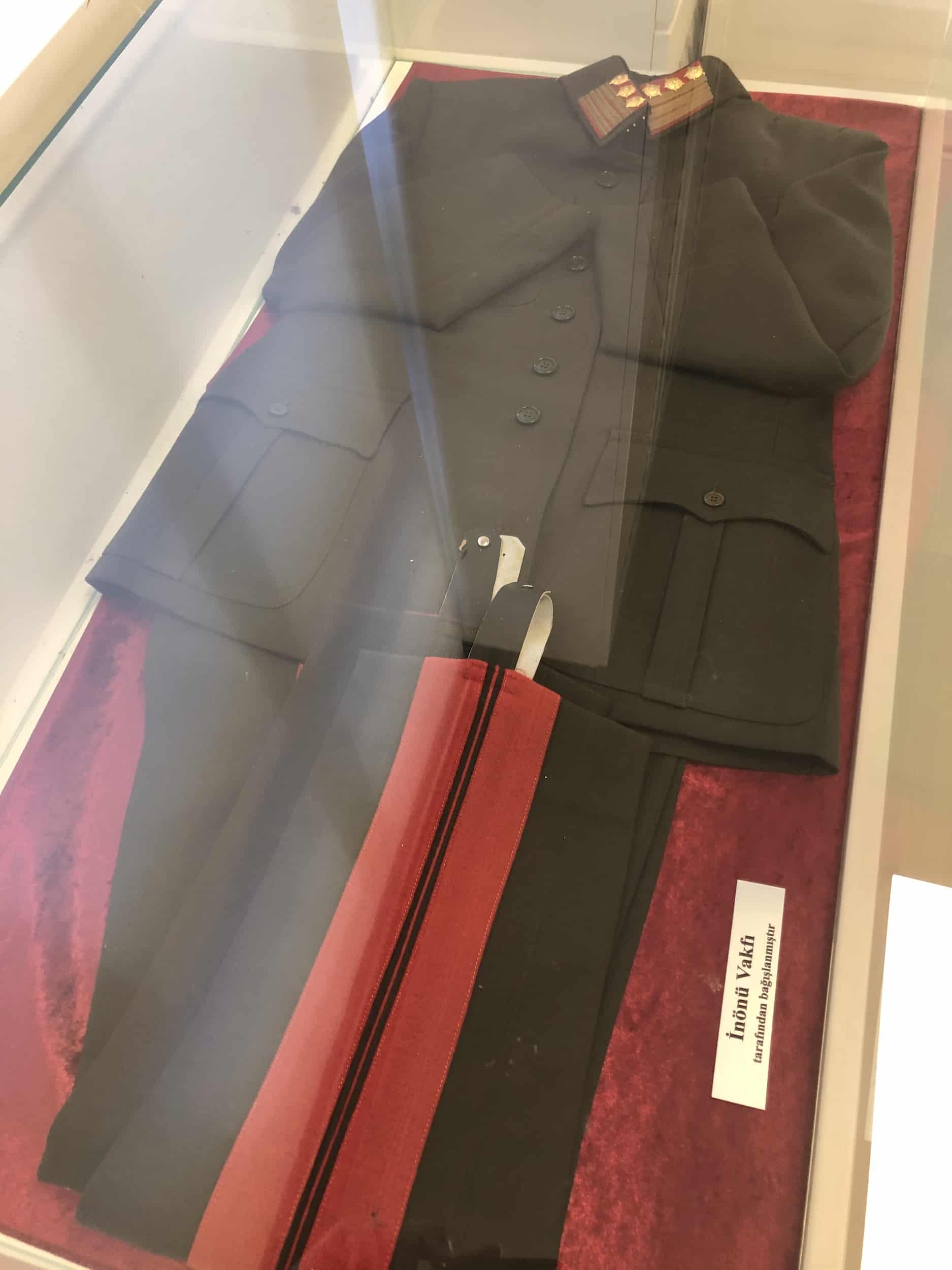
İlhan Koman Sculpture and Painting Museum
In the next building is the İlhan Koman Sculpture and Painting Museum (İlhan Koman Heykel ve Resim Müzesi). It opened on September 23, 2002, and is named for Turkish artist İlhan Koman (1921-1986), who was born in Edirne. The museum displays various works of art by different Turkish artists including Koman.
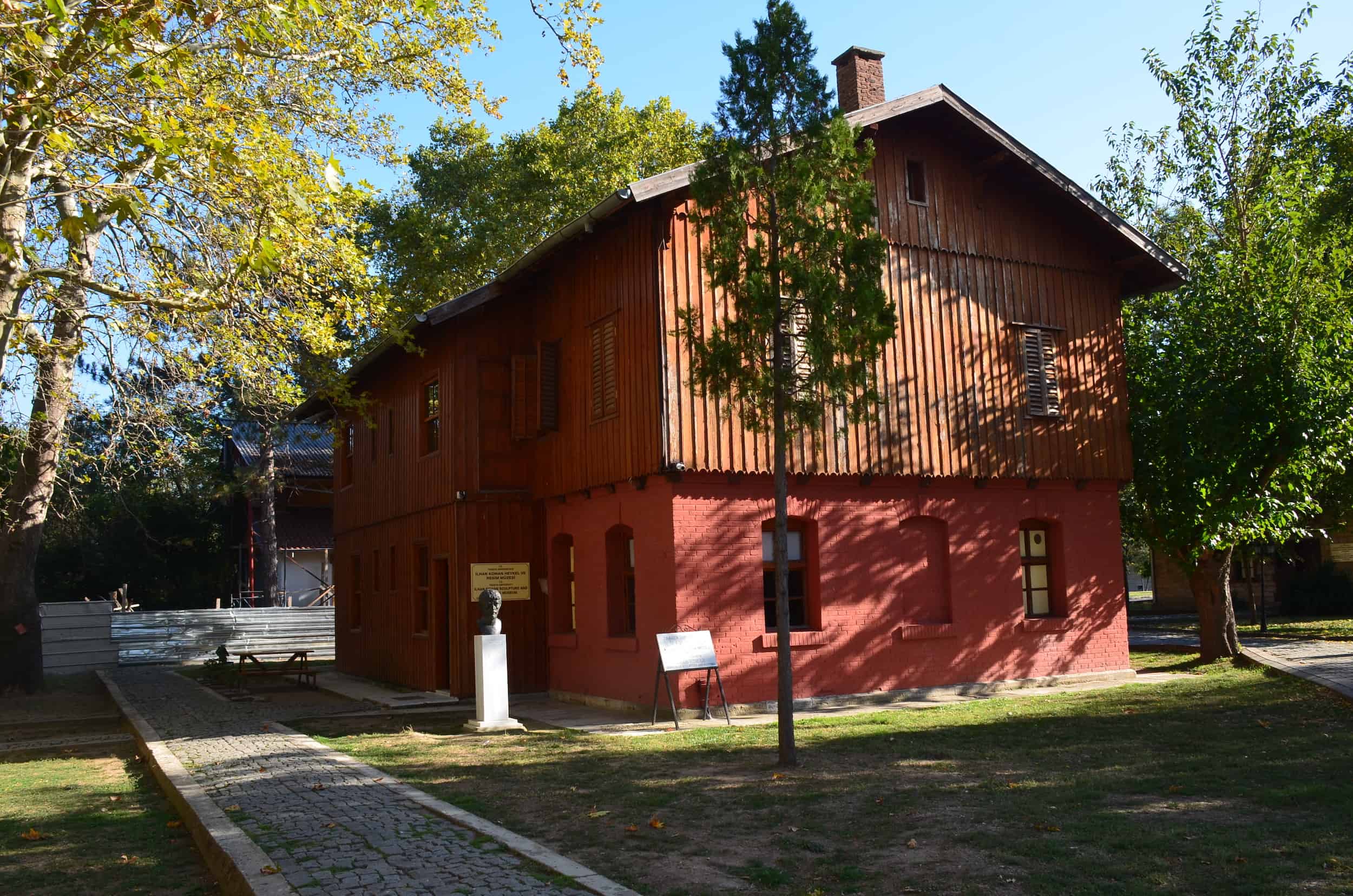
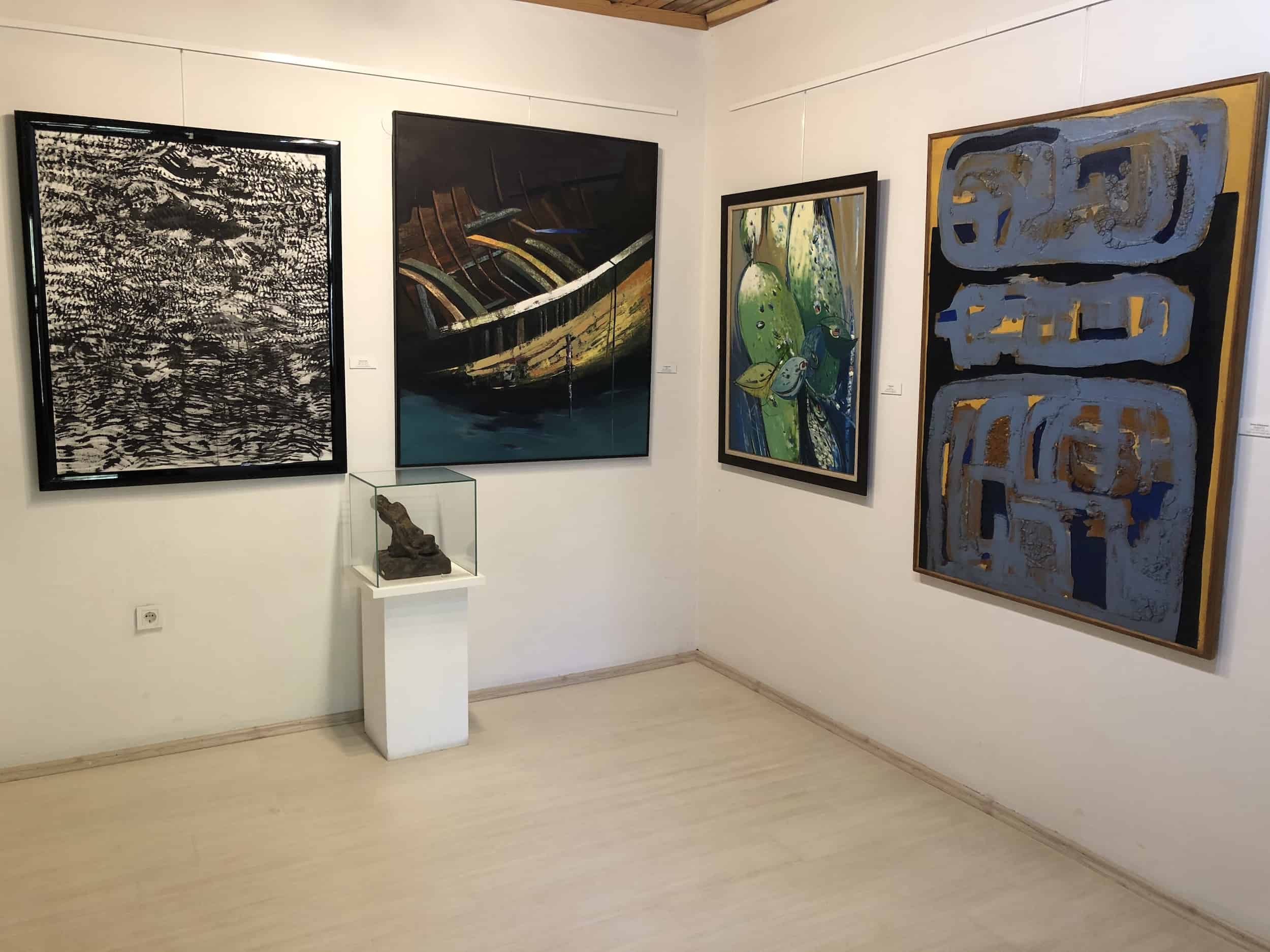
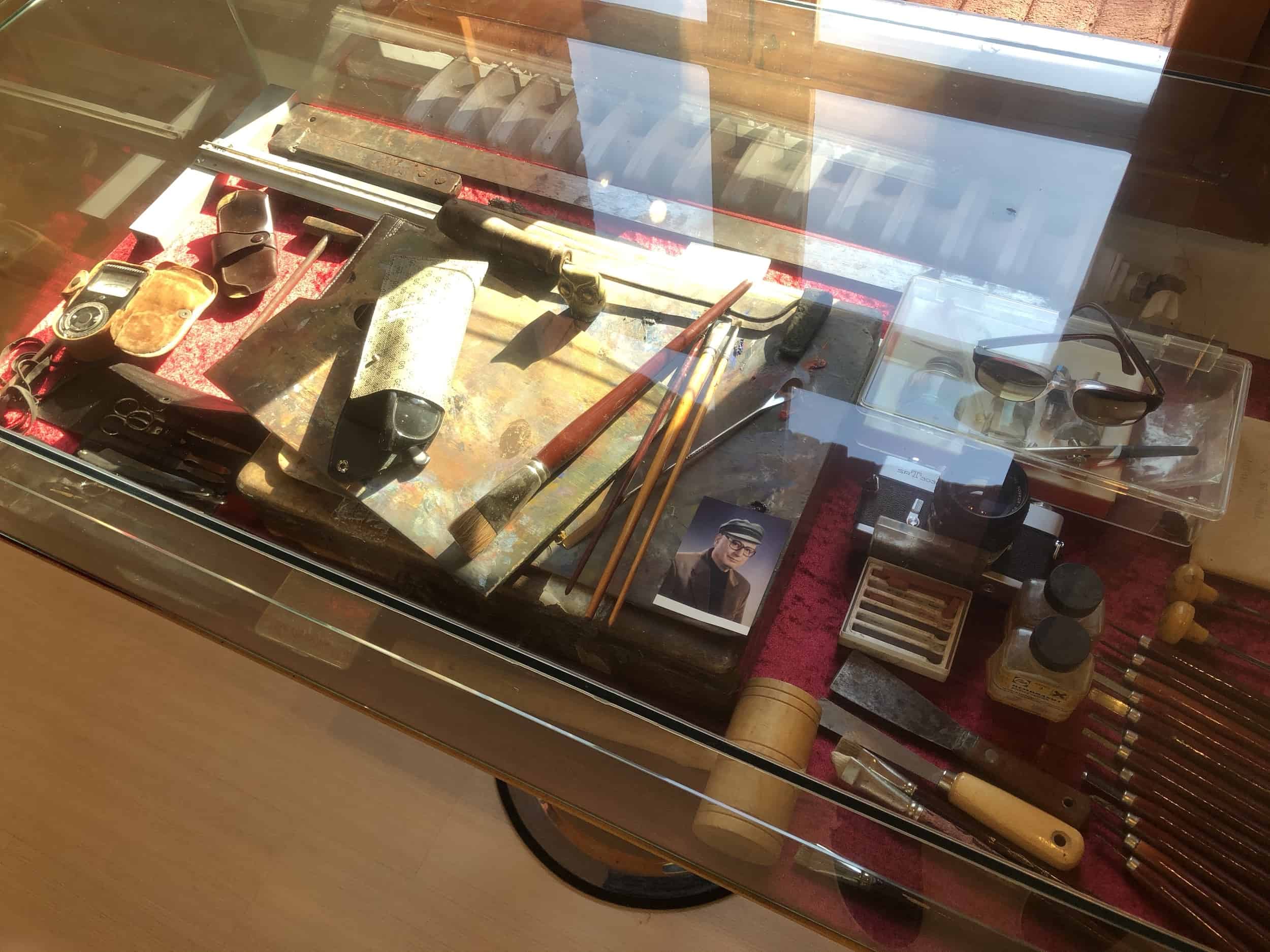
Academicians’ Rooms
To the right of the entrance is another historic building. It now functions as space for academicians.
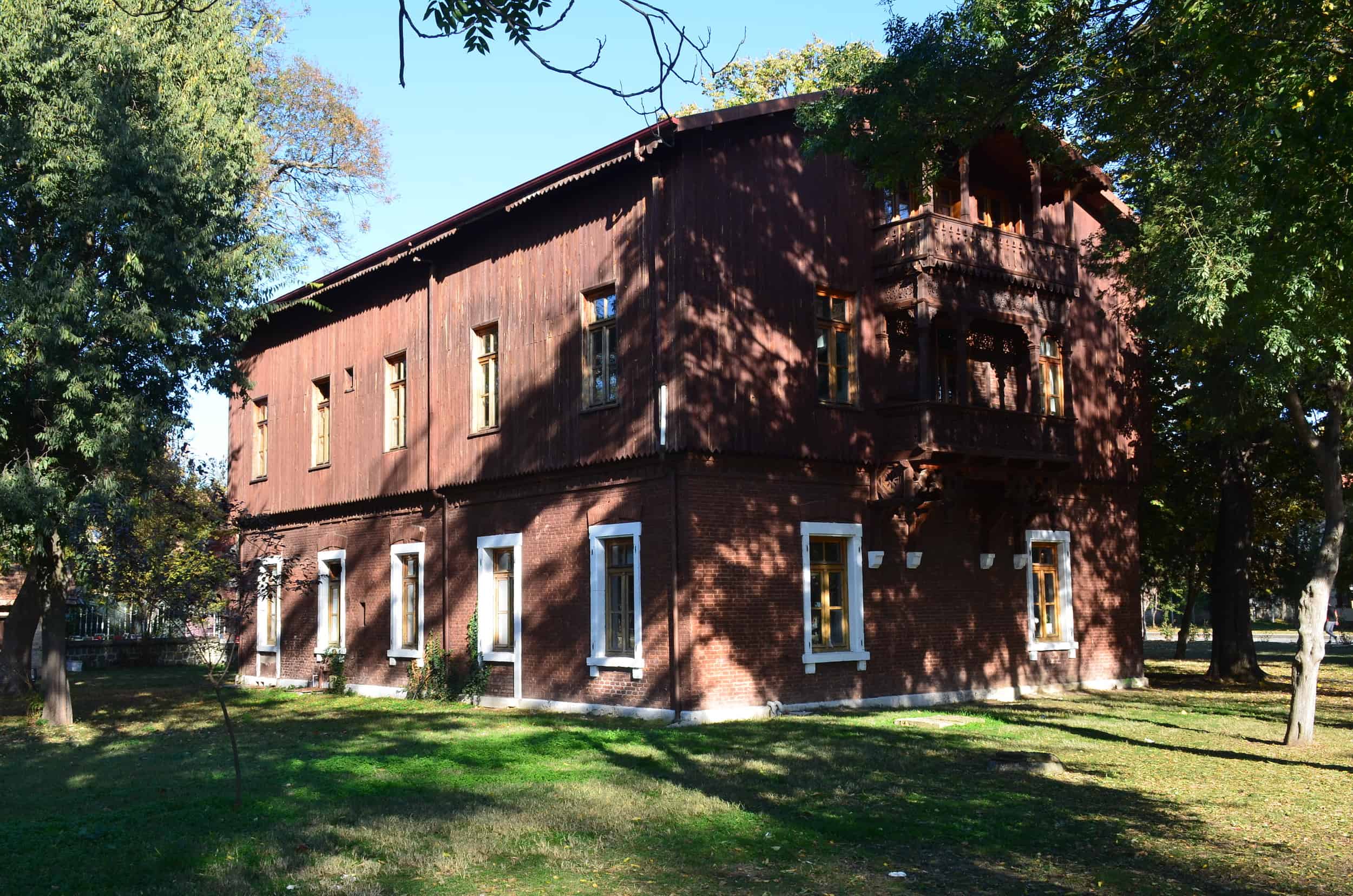
Locomotive
Behind Karaağaç Station is a historic locomotive and railway coach. The locomotive was built in Breslau (now Wrocław, Poland) in 1910, and is one of only 29 remaining in the world. It weighs 75 tons and was restored by the university in 2017. The railway coach was built in Adapazarı, Turkey, in 1950, and could accommodate 50 people.

Sherbet House
To the west of Karaağaç Station is the historic passenger waiting room. It has been restored and converted the Sherbet House (Şerbet Evi), a restaurant with the purpose of conducting research and gastronomy training on Ottoman cuisine. They serve a variety of traditional Ottoman dishes and it’s a great place to sit and have a Turkish coffee, tea, or şerbet (sherbet).
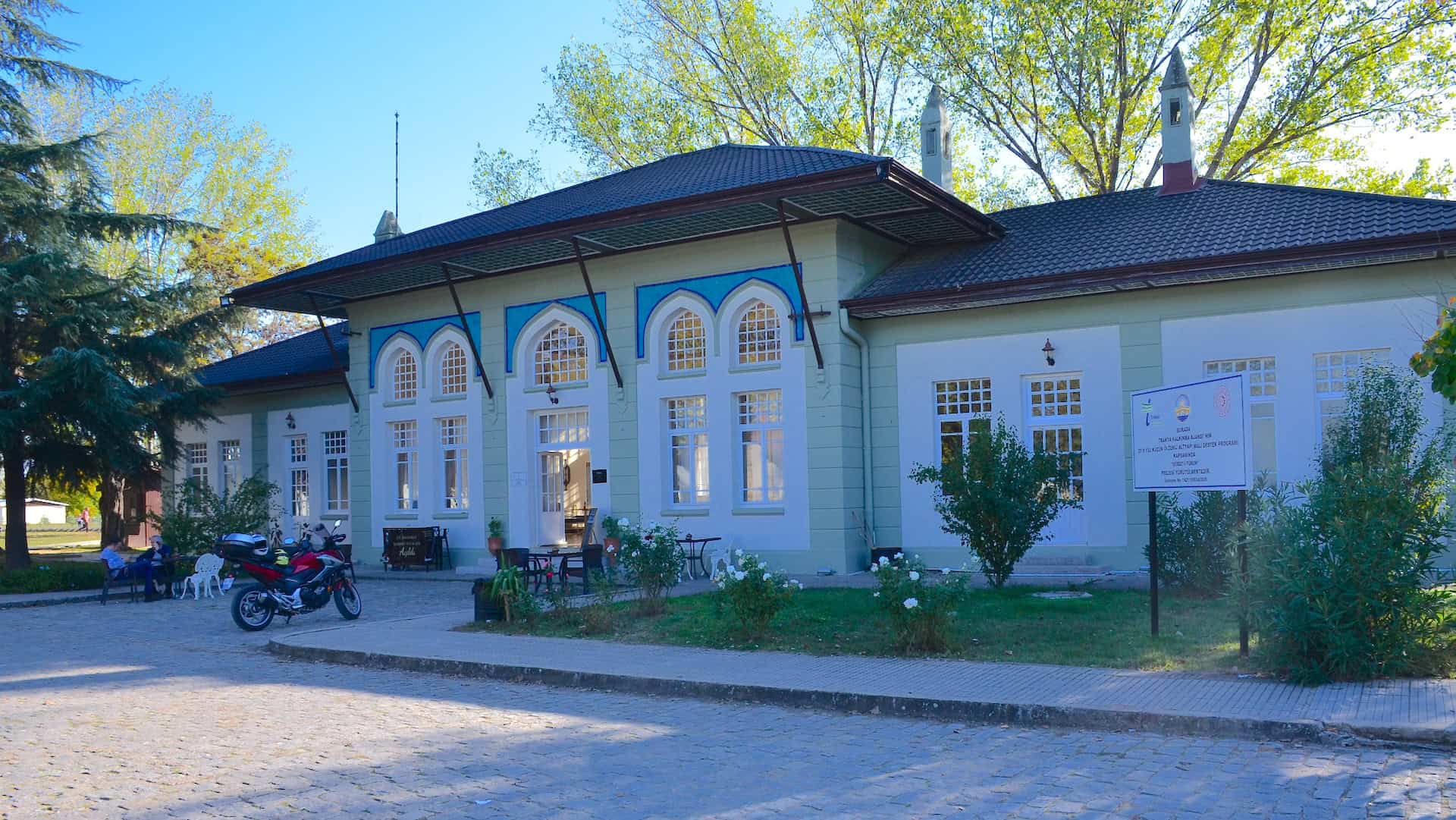
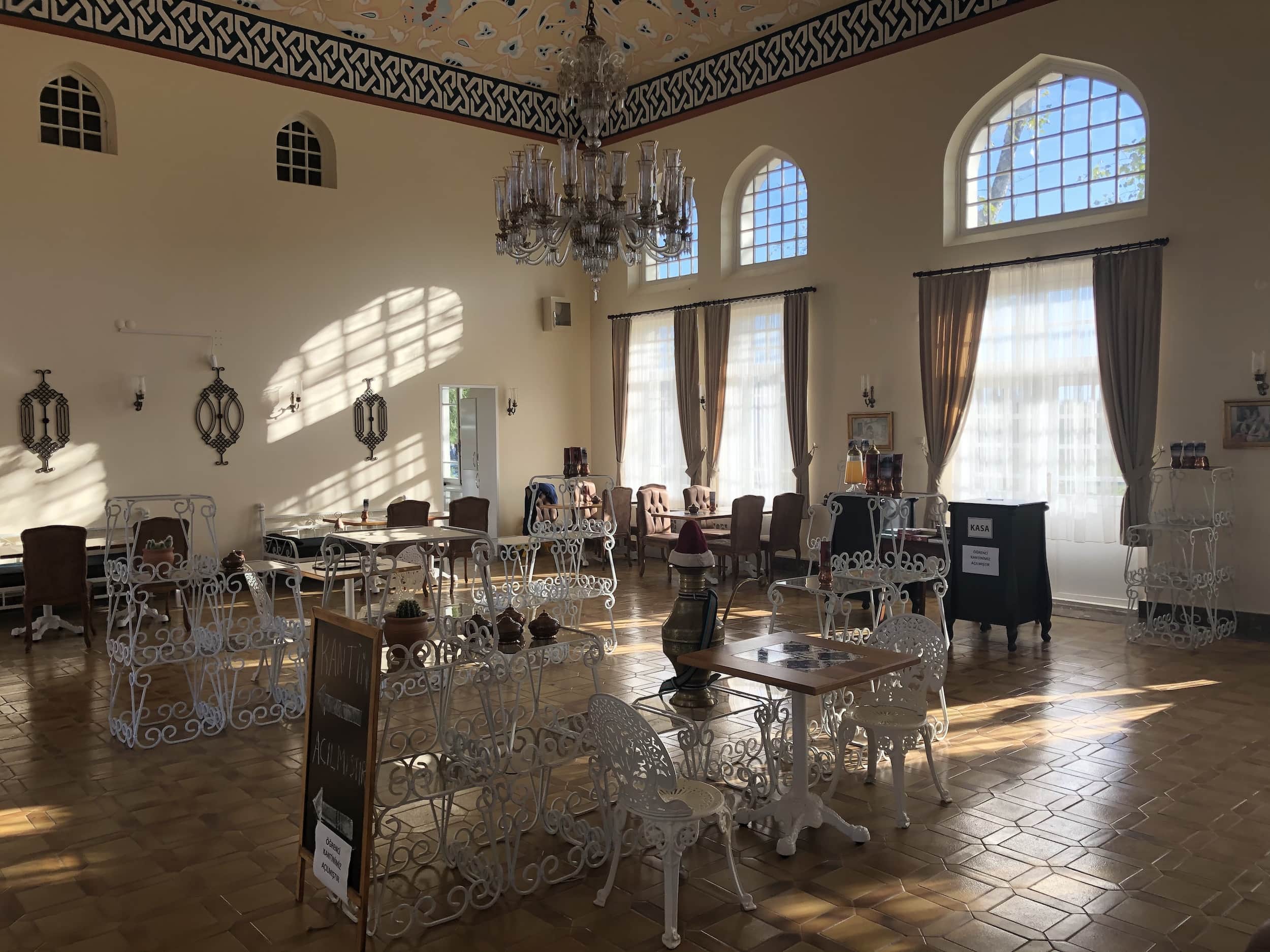
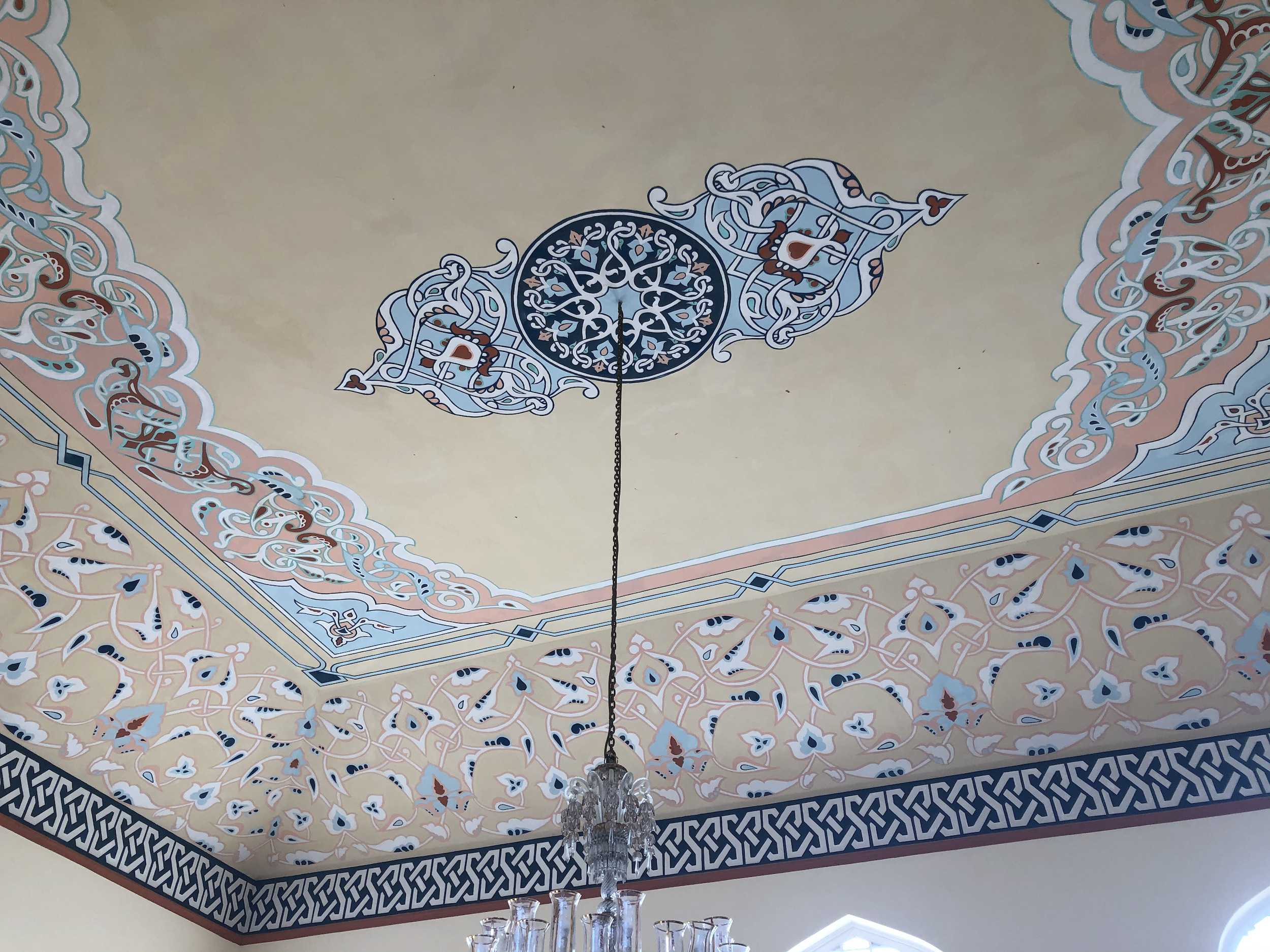
Treaty of Lausanne Monument
Finally, next to the Sherbet House is the Treaty of Lausanne Monument (Lozan Anıtı). It opened in 1998 and is dedicated to the Treaty of Lausanne. The monument consists of three concrete columns of different sizes. The tallest column stands 36.45 meters (119.6 feet) high and represents Anatolia, or the Asian part of Turkey. The second tallest column stands 31.95 meters (104.8 feet) high and represents Thrace, or the European part of Turkey. The smallest column, which stands in the center, is 17.45 meters (57.3 feet) high and represents Karaağaç. The columns are joined by a concrete ring representing unity and solidarity.
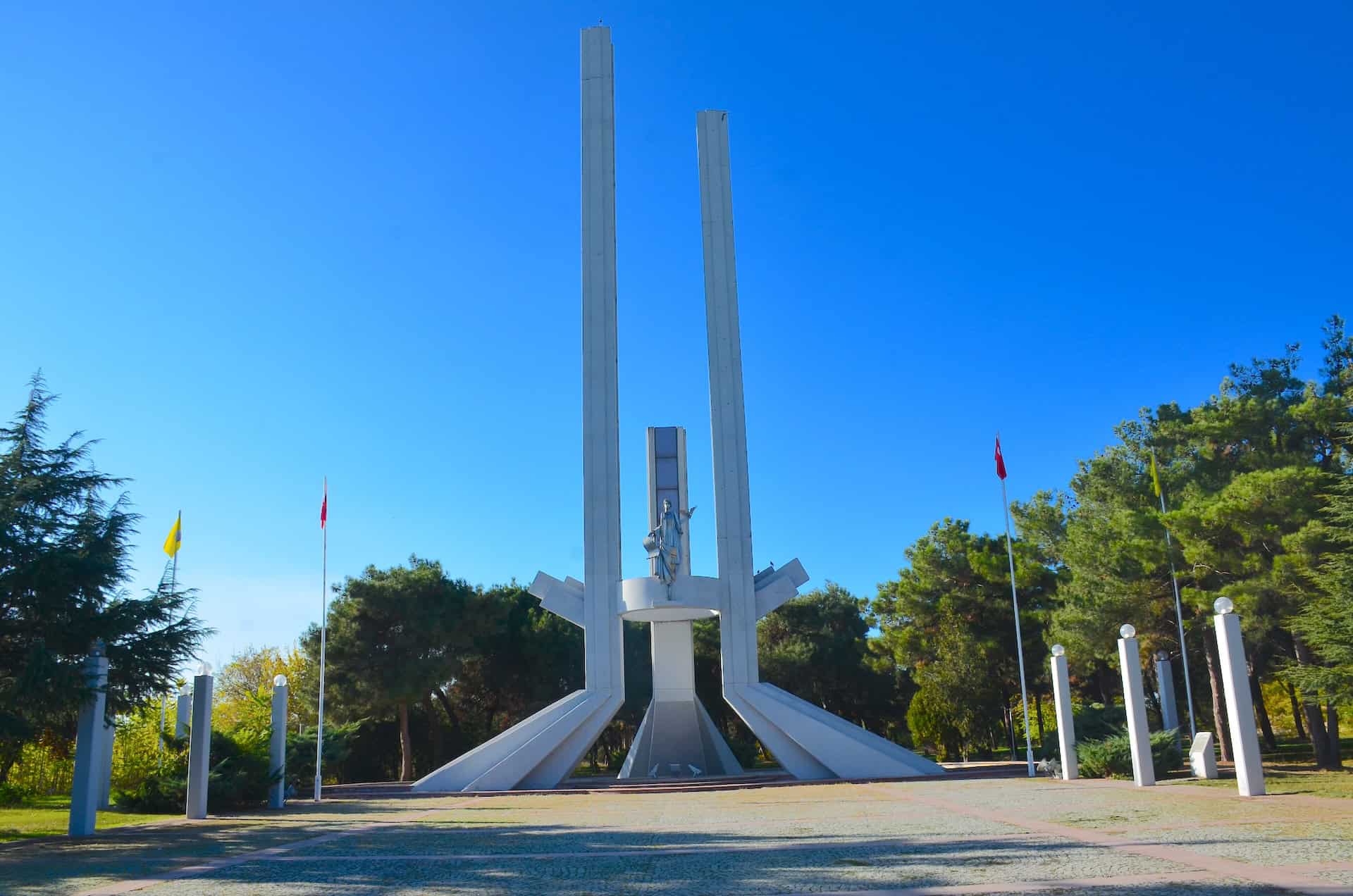
In front of the ring is a metal statue of a woman representing grace and justice. The paper in her right hand represents the Treaty of Lausanne, and a dove in her left hand symbolizes peace and democracy. A semicircular pool at the foot of the monument represents the seas surrounding Turkey on three sides.
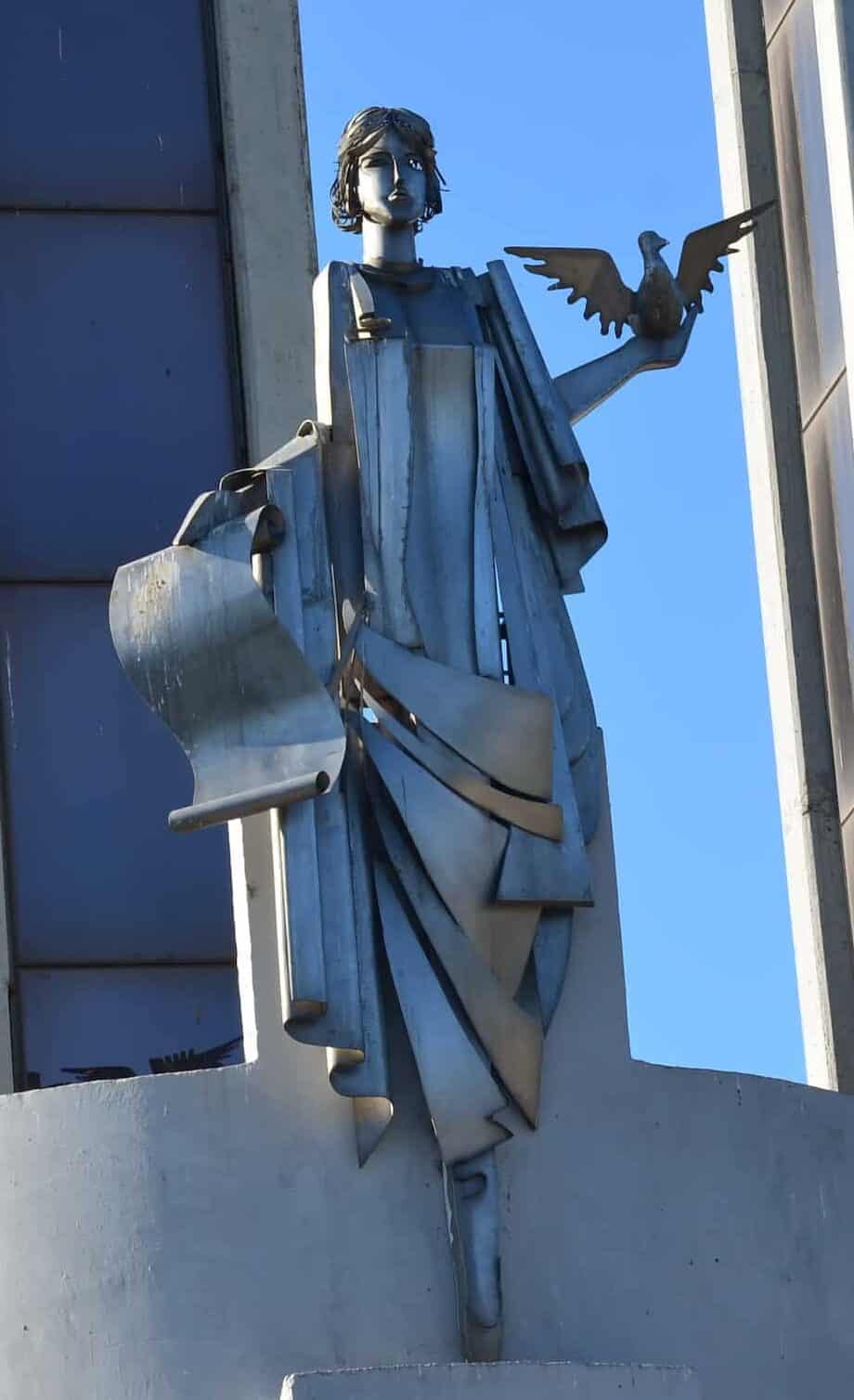
A bust of İsmet İnönü (1884–1973) sits near the monument. He was the chief negotiator for Turkey during the Lausanne Conference.
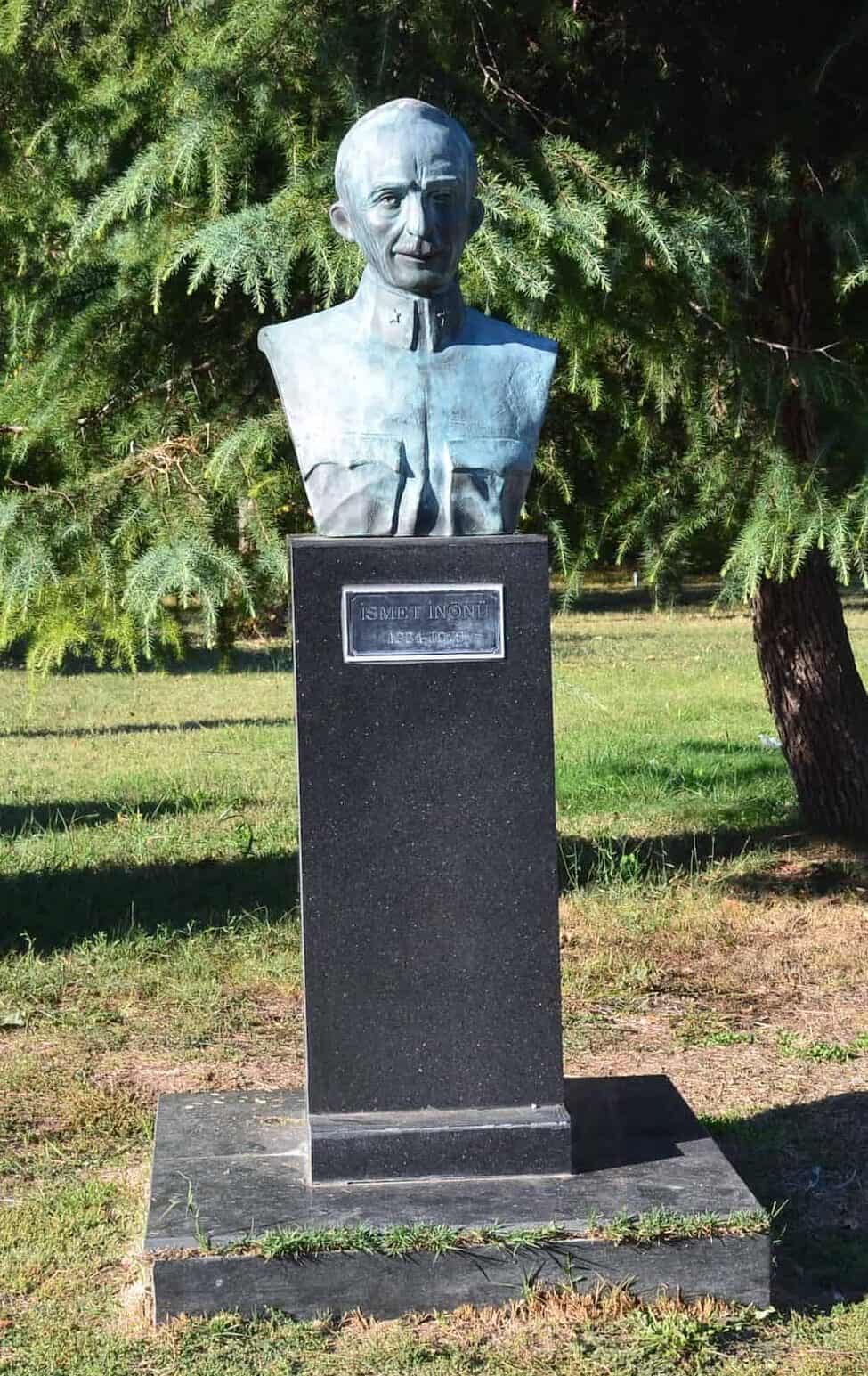
On the Karaağaç Side of the Meriç Bridge
Back towards Edirne, there are a few points of interest on the Karaağaç side of the Meriç Bridge.
Edirne Customs Police Station
First is the former Edirne Customs Police Station (Edirne Gümrük Karakolu). This attractive little building served as the border station between Turkey and Greece while the Treaty of Sèvres was in effect.
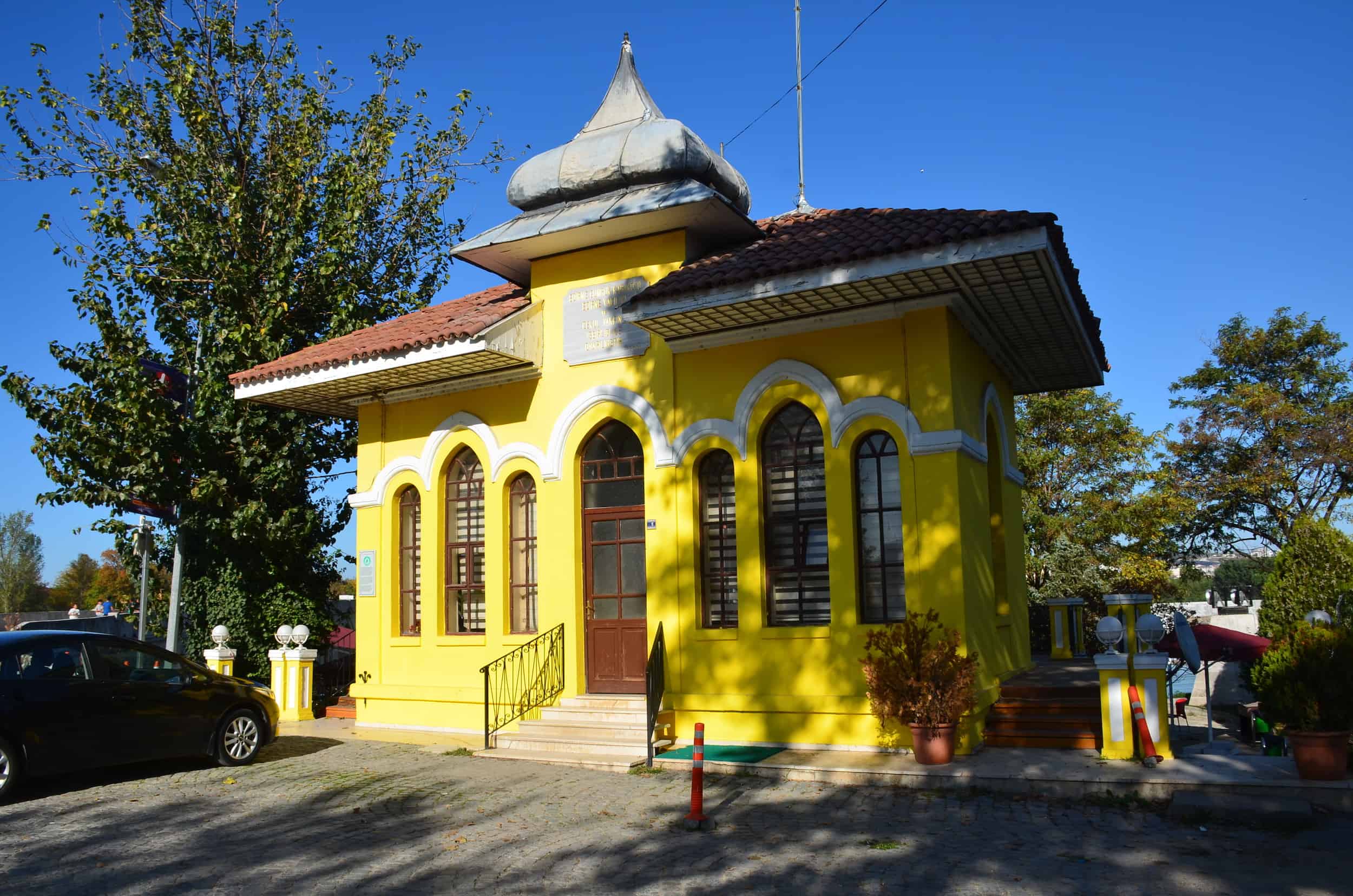
Hacı Adil Bey Fountain
Just opposite is the Hacı Adil Bey Fountain (Hacı Adil Bey Çeşmesi). It was built by Hacı Adil Bey, a governor of Edirne, in memory of his son who died at a young age in 1904.
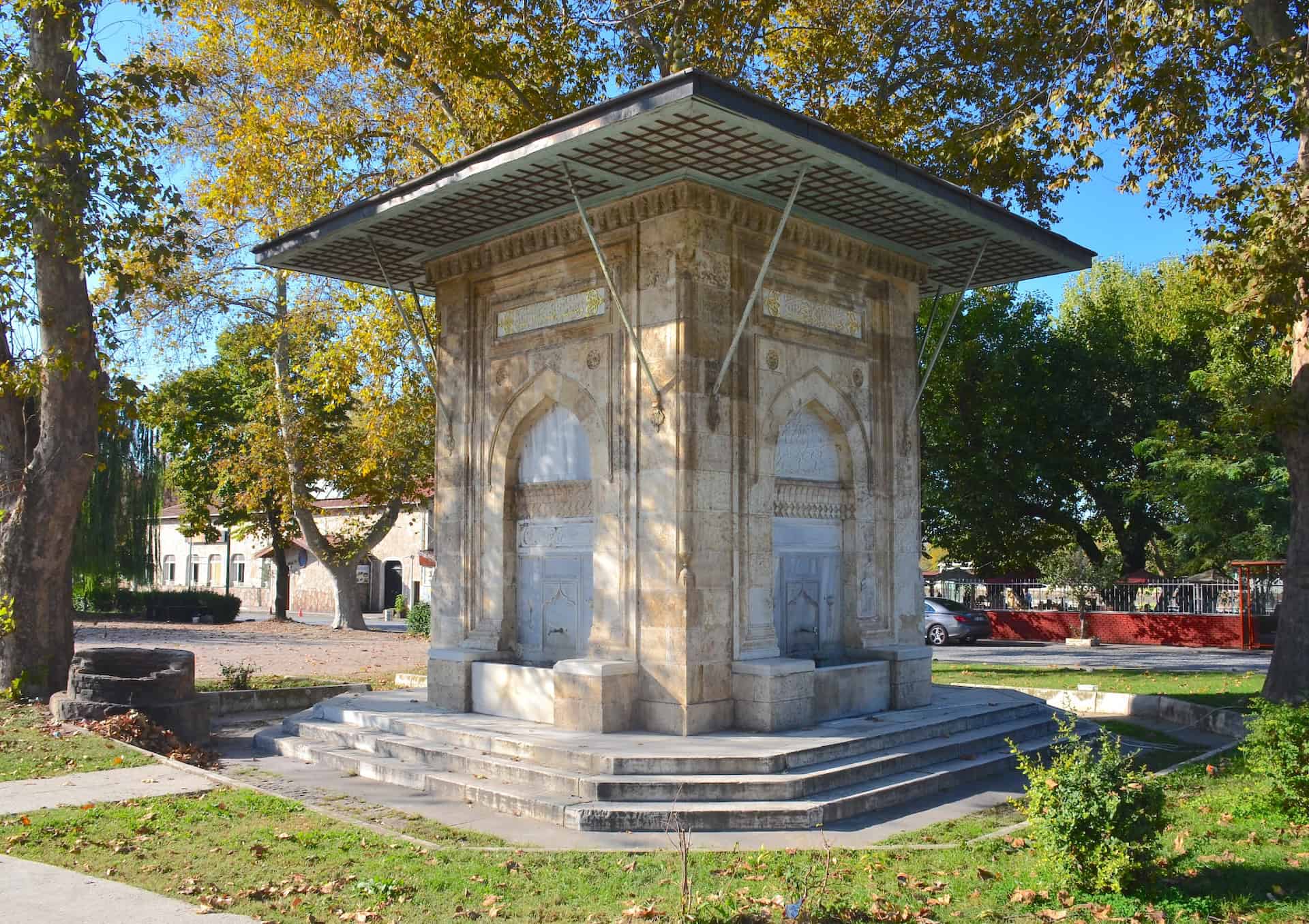
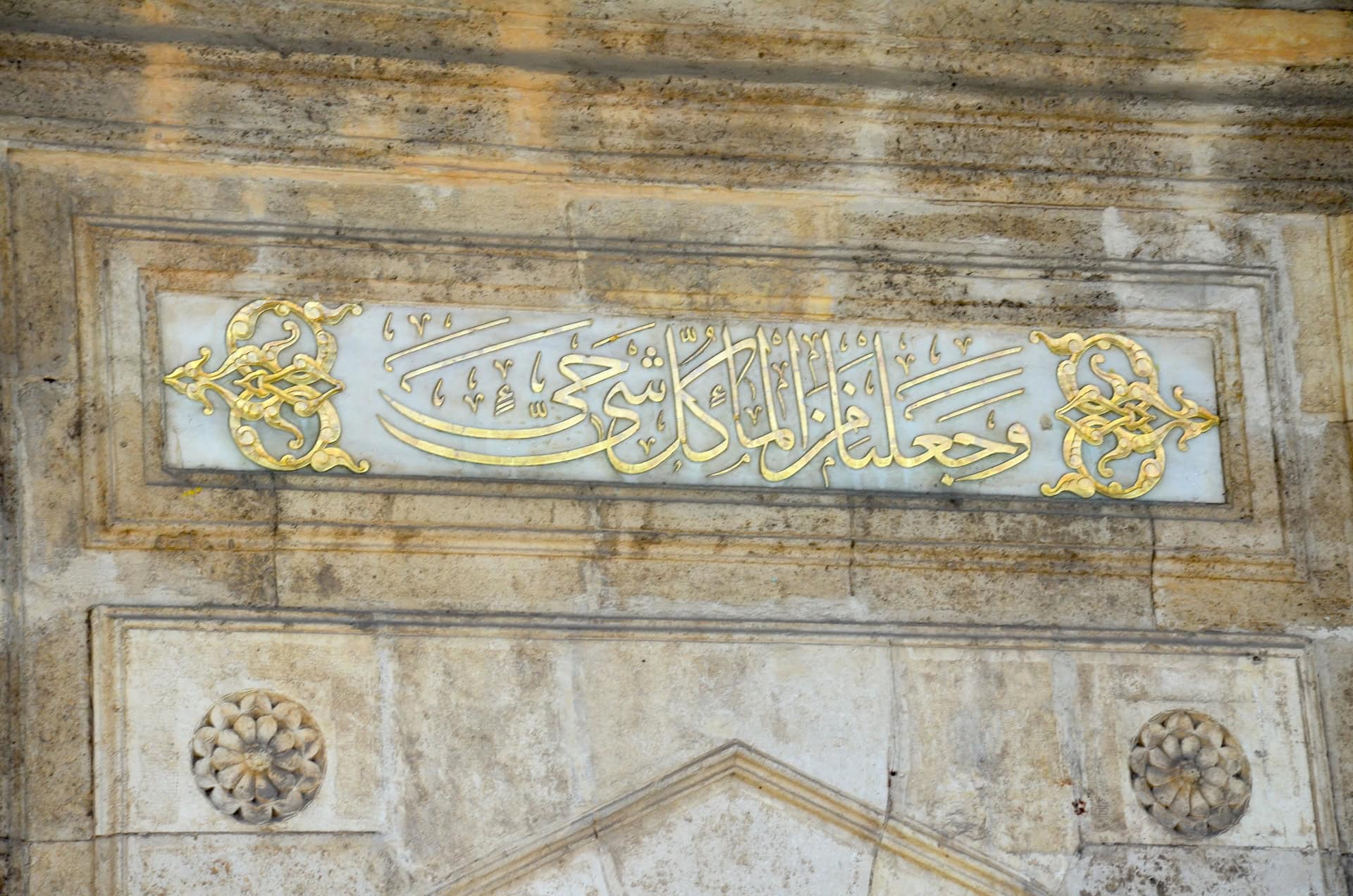
Tea Garden
A tea garden sits along the Maritsa River nearby some other restaurants. They’re popular with locals, especially on weekends.
